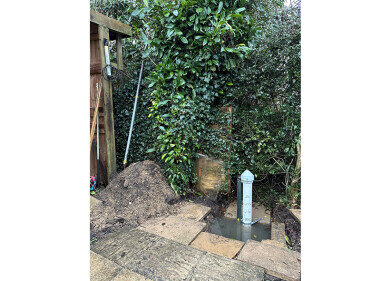-
 Water pollution is particularly bad in areas where there is no municipal water supply
Water pollution is particularly bad in areas where there is no municipal water supply
Water/Wastewater
Study shows high levels of air and water pollution in East Coachella
Jun 20 2013
A new study has found that residents of the East Coachella Valley, California, are subject to increasingly high levels of air and water pollution. The new University of California Davis Center for Regional Change's latest study has shown that East Coachella Valley has unhealthy levels of water and air pollution that is potentially harmful to those who live in the area.
The 'Revealing the Invisible Coachella Valley' report was funded by the California Endowment and Building Healthy Communities Eastern Coachella Valley and is the first of its kind. The study looked at a large range of social vulnerabilities and cumulative environmental hazards and mapped out how the two problems can affect each other.
East Coachella is a very different picture from popular Western Coachella, which is a much richer area as it includes the resort towns of La Quinta, Palm Springs and Palm Desert. Within the east valley around 81 per cent live in Cumulative Environmental Vulnerability Action Zones, according to the report. These are the areas that not only contain the most vulnerable residents but also have the highest rate of dangerous environmental hazards.
The east valley suffers from more water pollution than the western valley and the entire state of California. Some areas of the valley don't have access to municipal water supplies and, as a result, have to take water from wells that are polluted with perchlorate, arsenic, chromium 6 and nitrate at levels that far exceed federal and state maximum levels.
The report was conducted over a two year period and was in partnership with five separate agencies. It also highlighted key actions that need to be taken in an effort to better control, monitor and clean-up the air and water pollution that affects the region. The report's goals include improving enforcement on hazards, identifying unregulated dump sites, air and water monitoring and the implementation of community participatory hazards mapping.
Digital Edition
IET 34.2 March 2024
April 2024
Gas Detection - Biogas batch fermentation system for laboratory use with automatic gas analysis in real time Water/Wastewater - Upcycling sensors for sustainable nature management - Prist...
View all digital editions
Events
May 13 2024 Munich, Germany
May 15 2024 Lund, Sweden
May 15 2024 Frankurt-am-Main, Germany
May 20 2024 Columbus, OH, USA
May 21 2024 Lagos, Nigeria

















